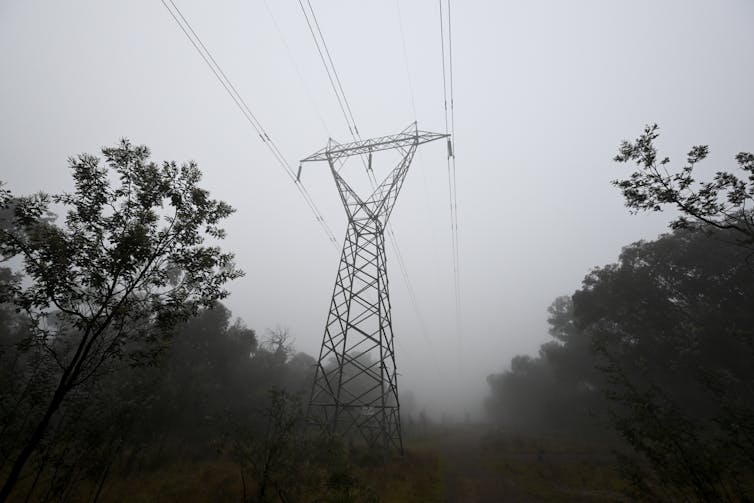Labor's 'sensible' budget leaves Australians short-changed on climate action. Here's where it went wrong
The budget earmarked worthwhile climate measures, but many are piecemeal. Amid record-breaking extreme weather in Australia, federal spending on climate action still falls well short.






